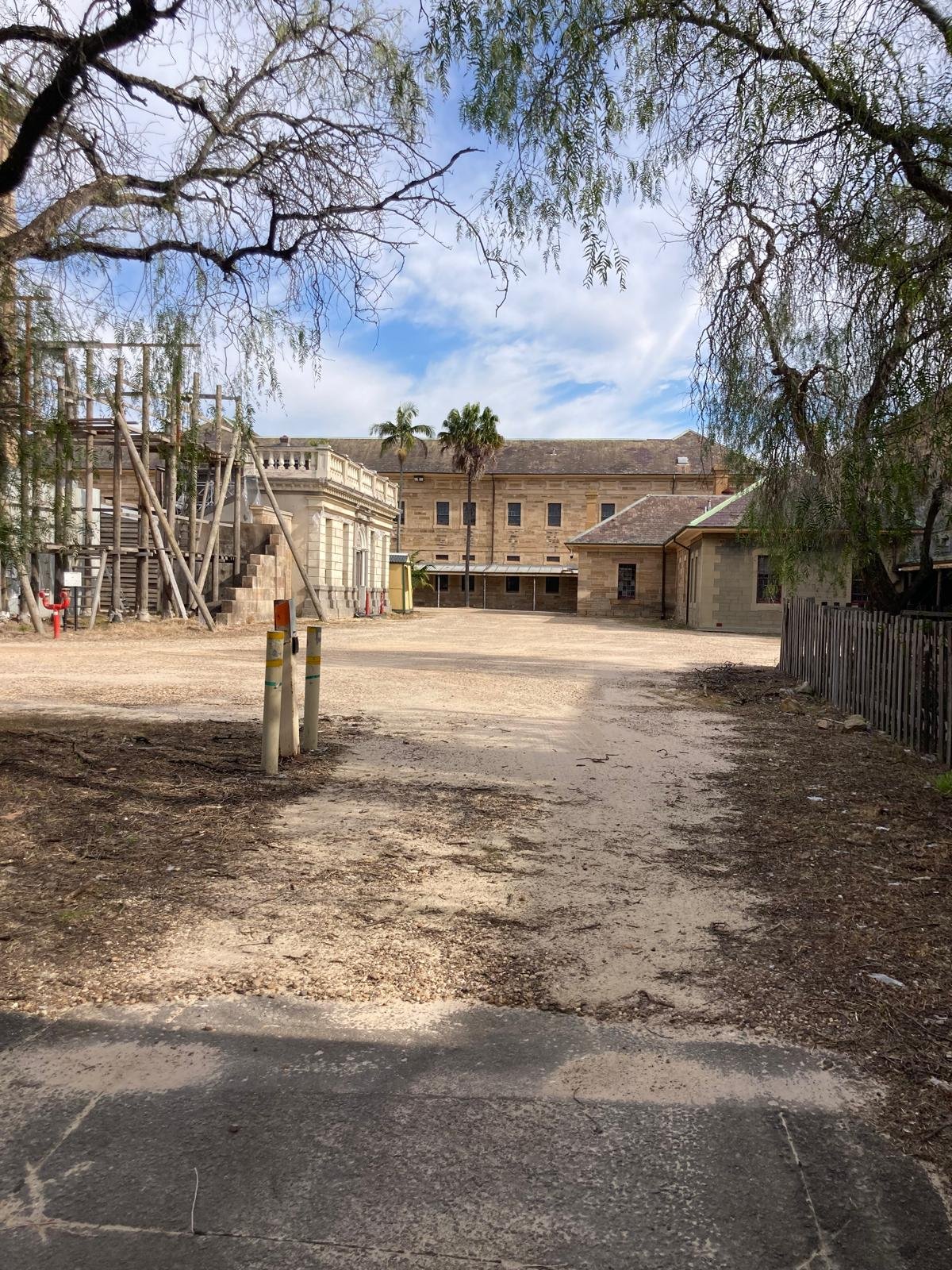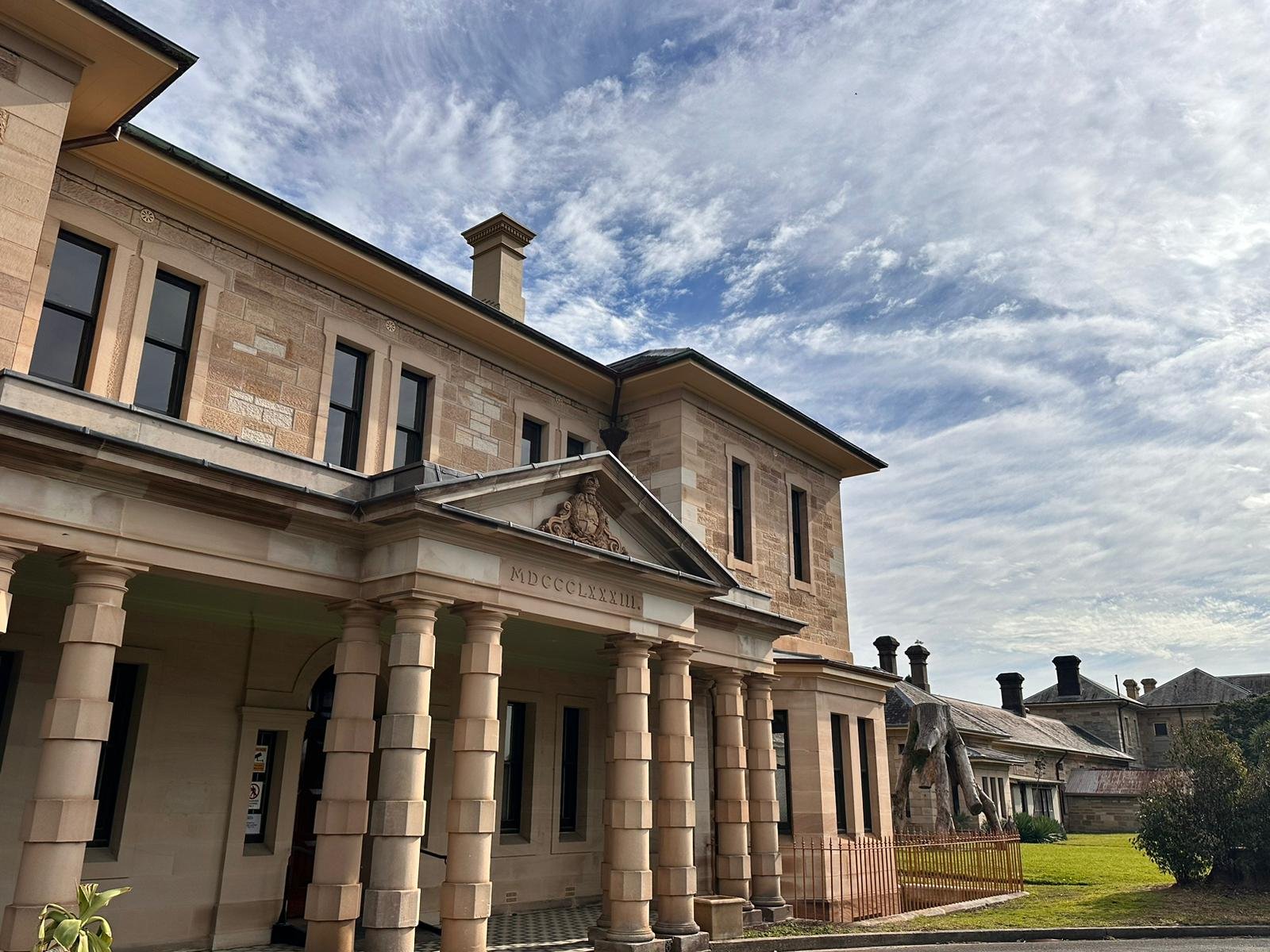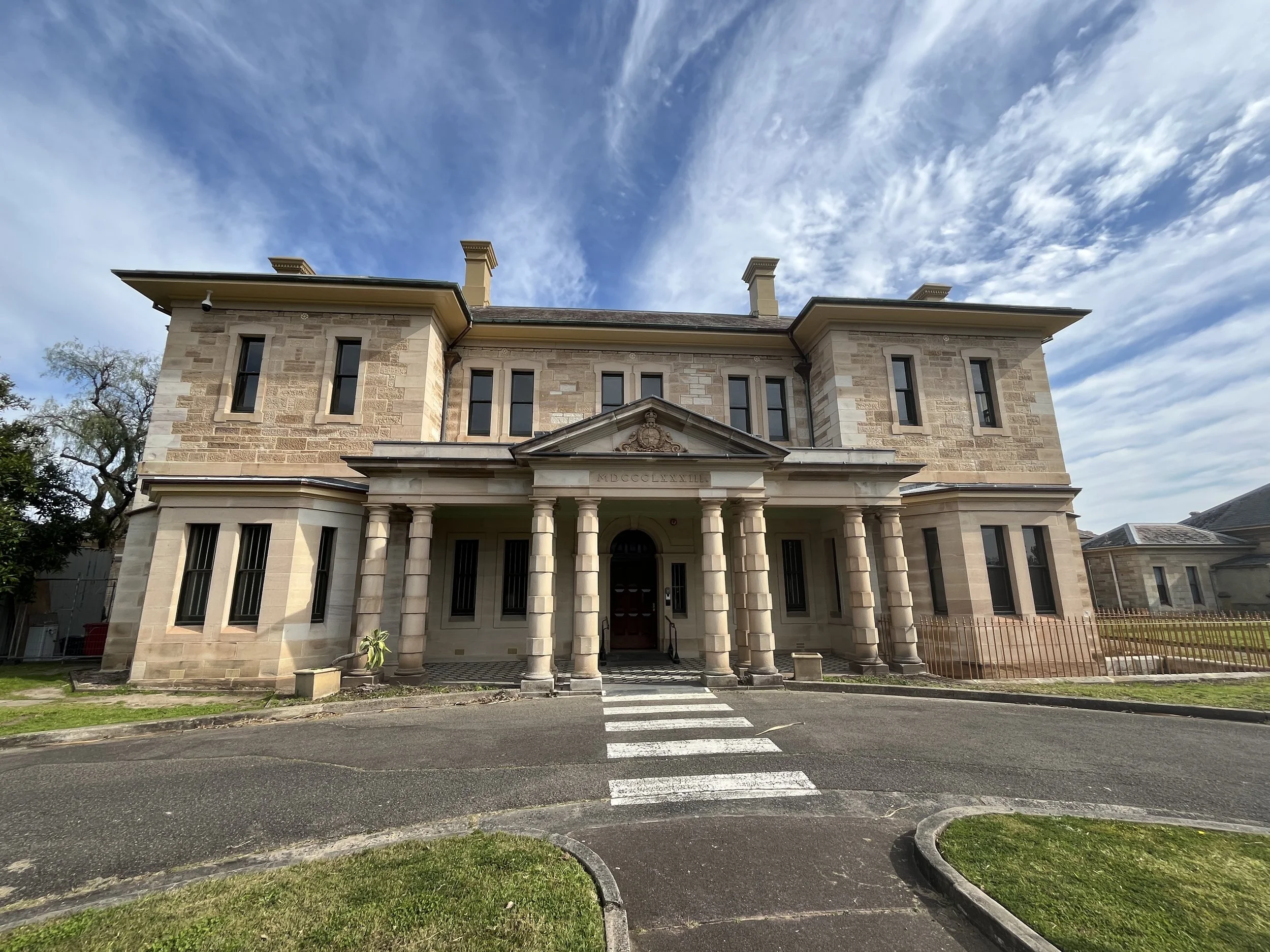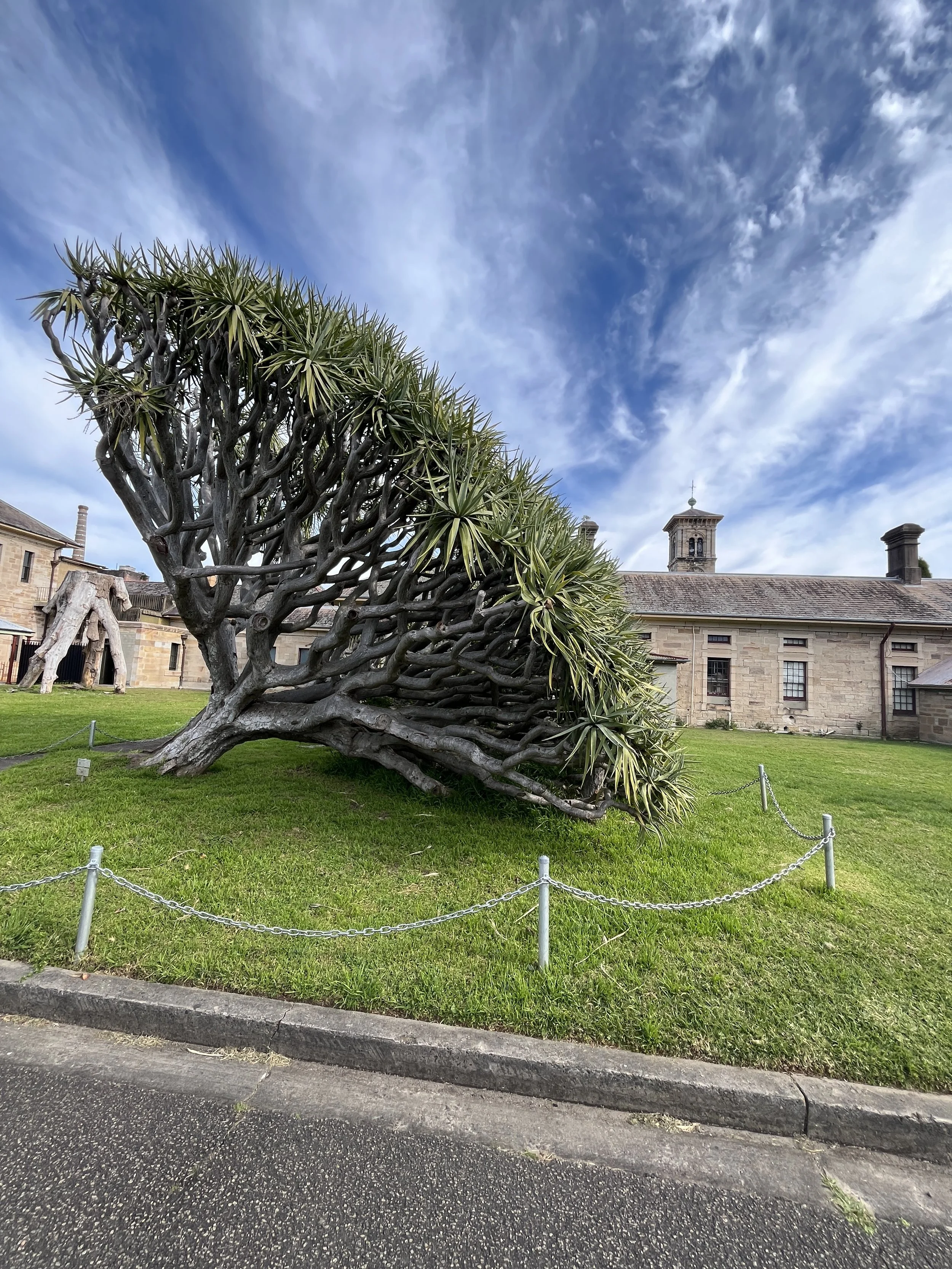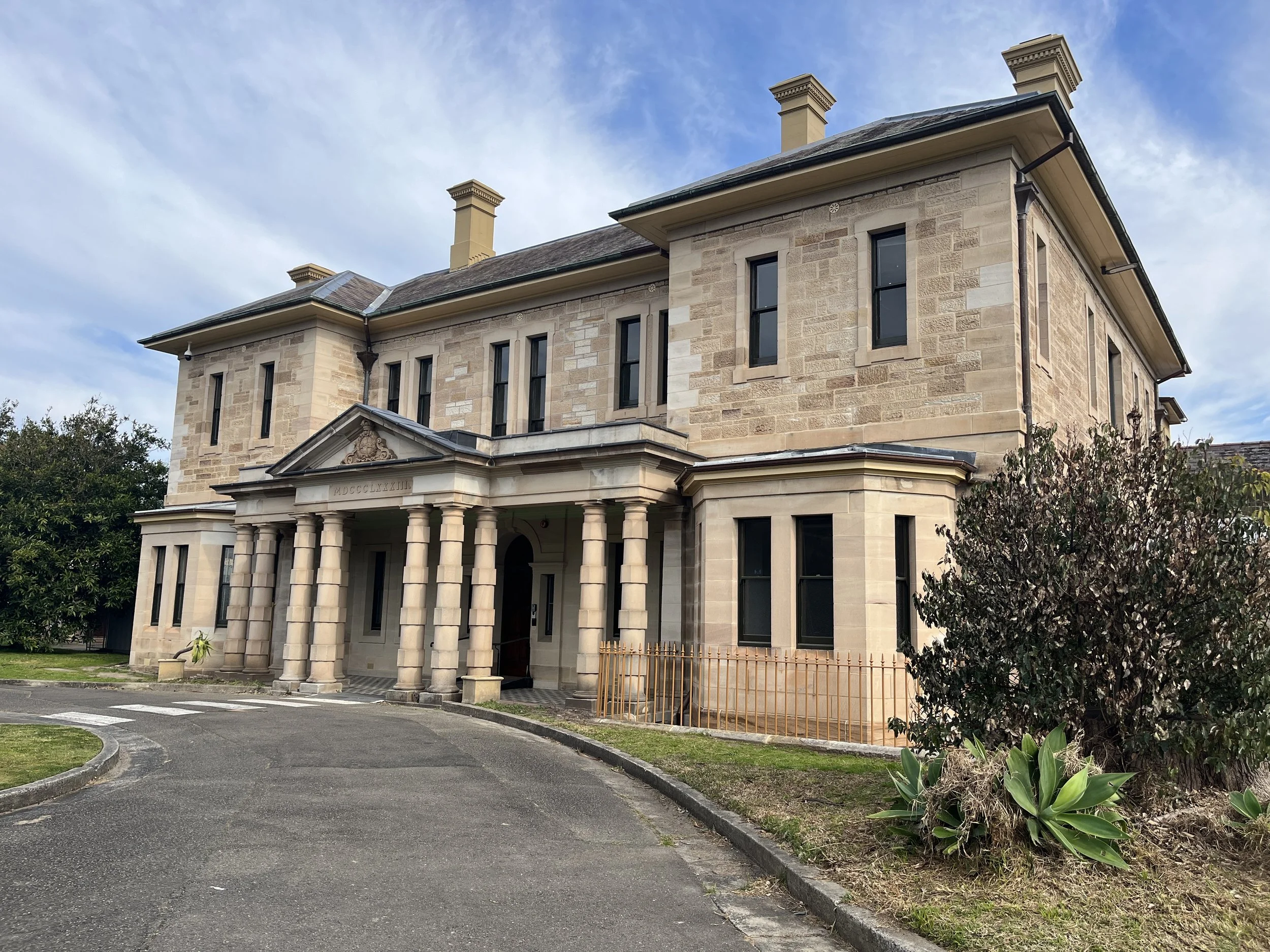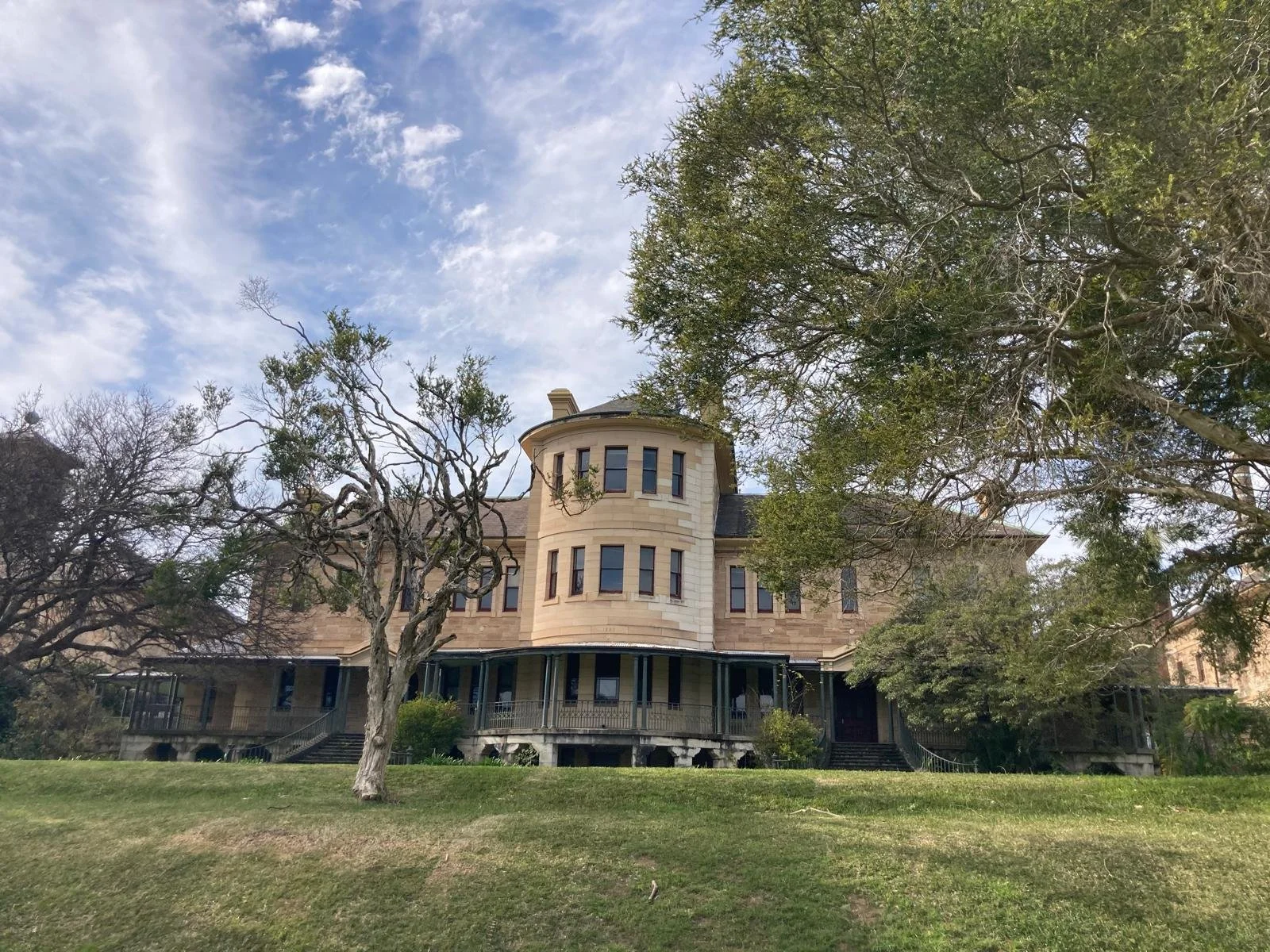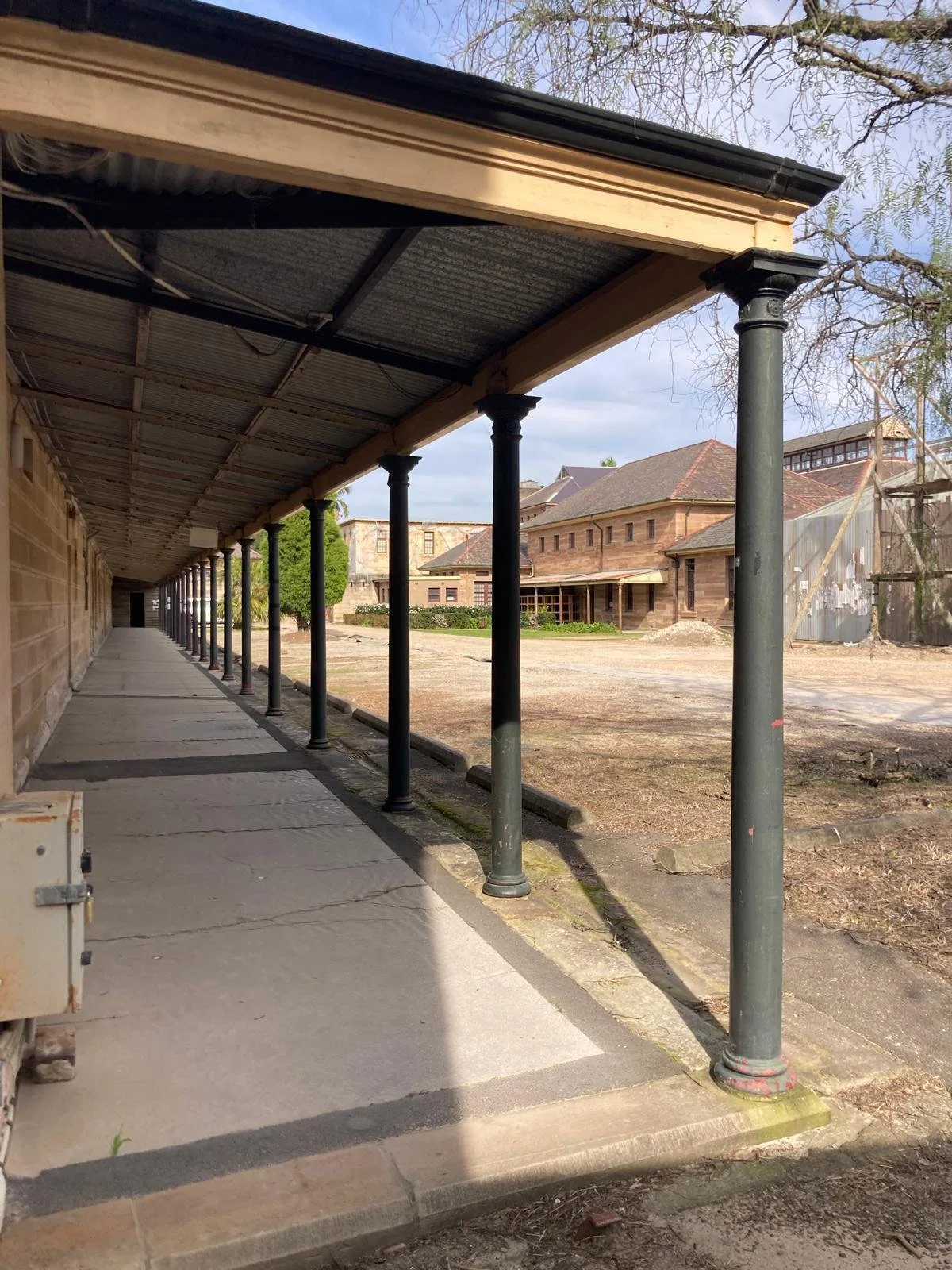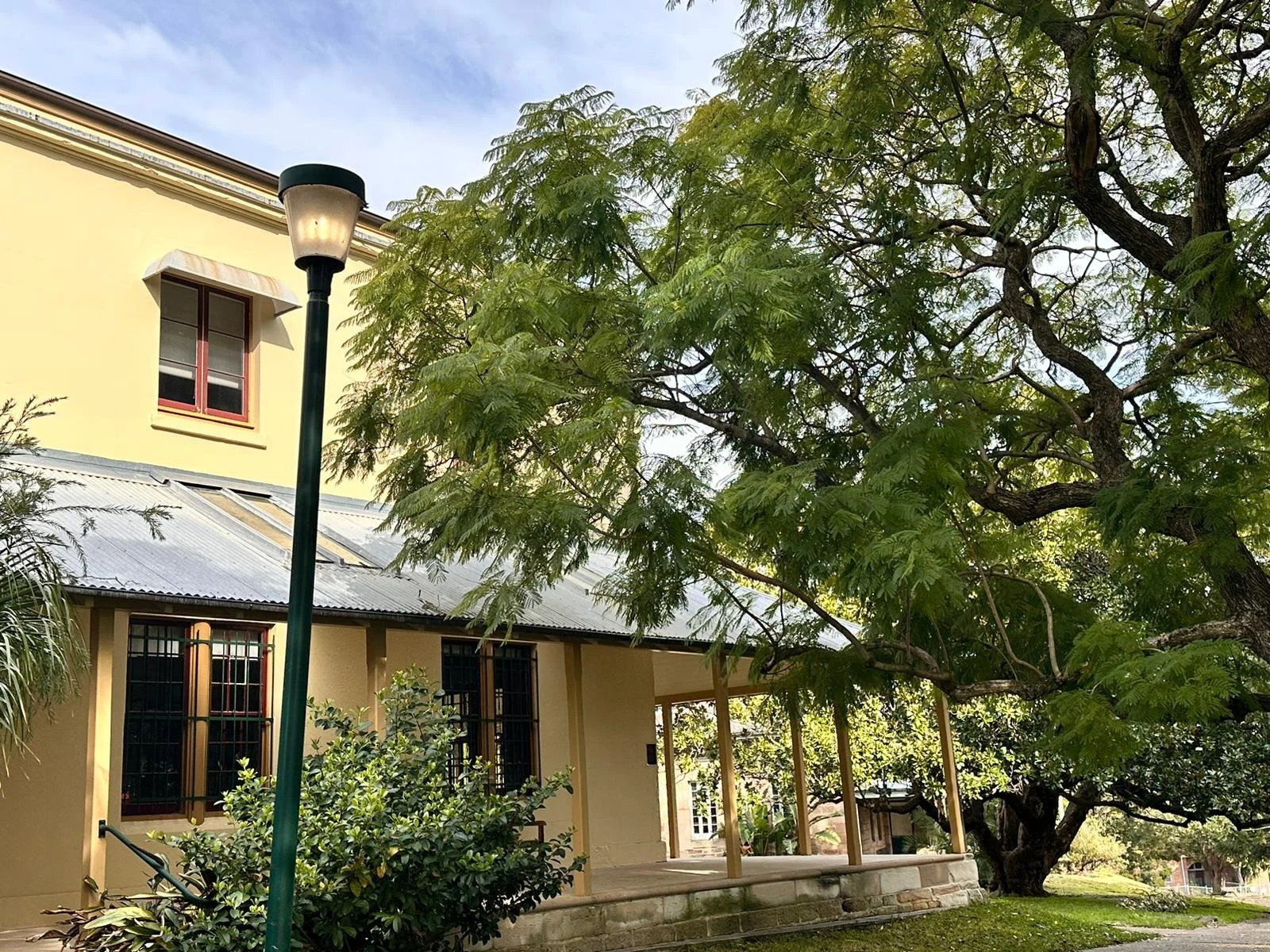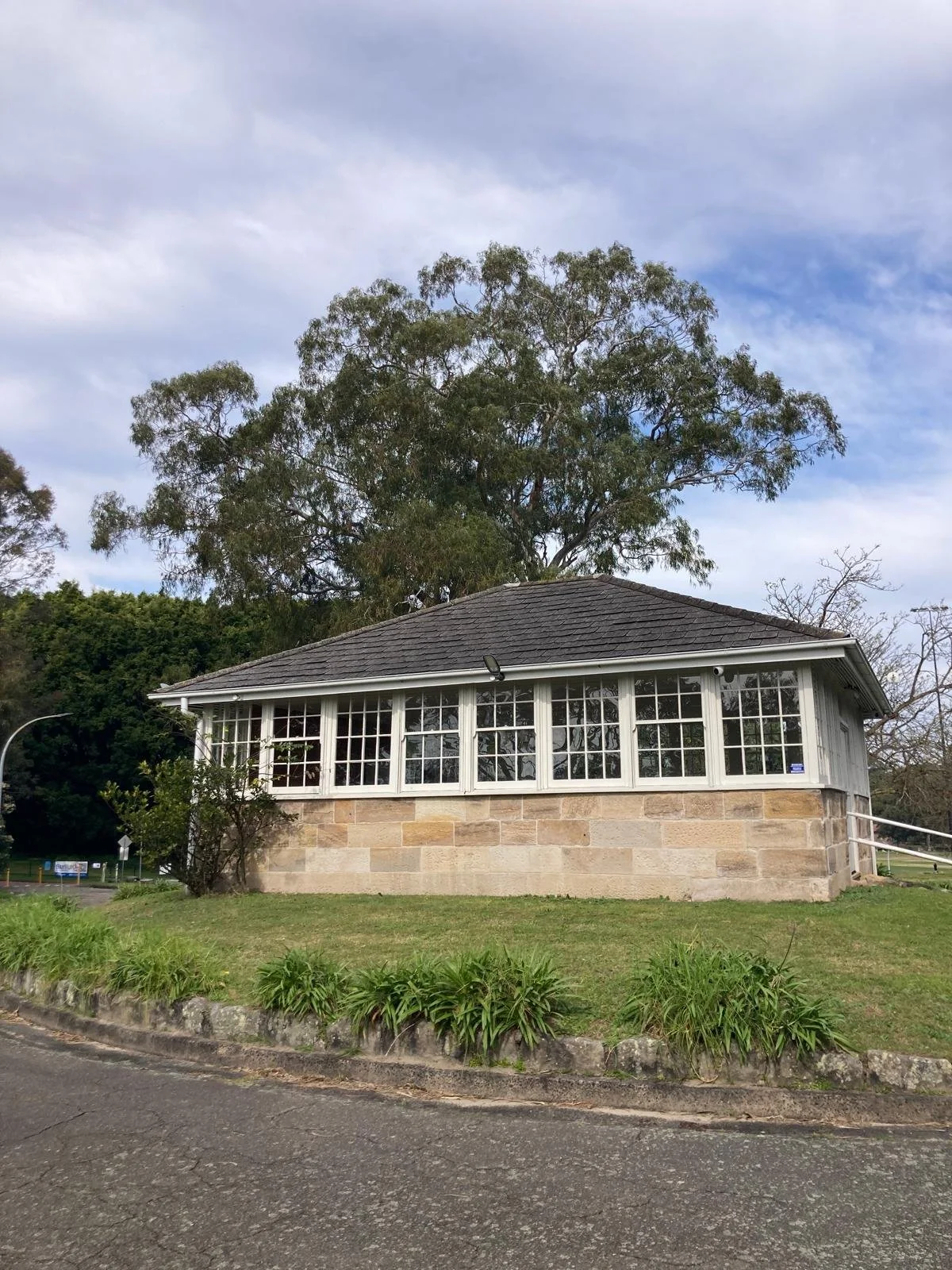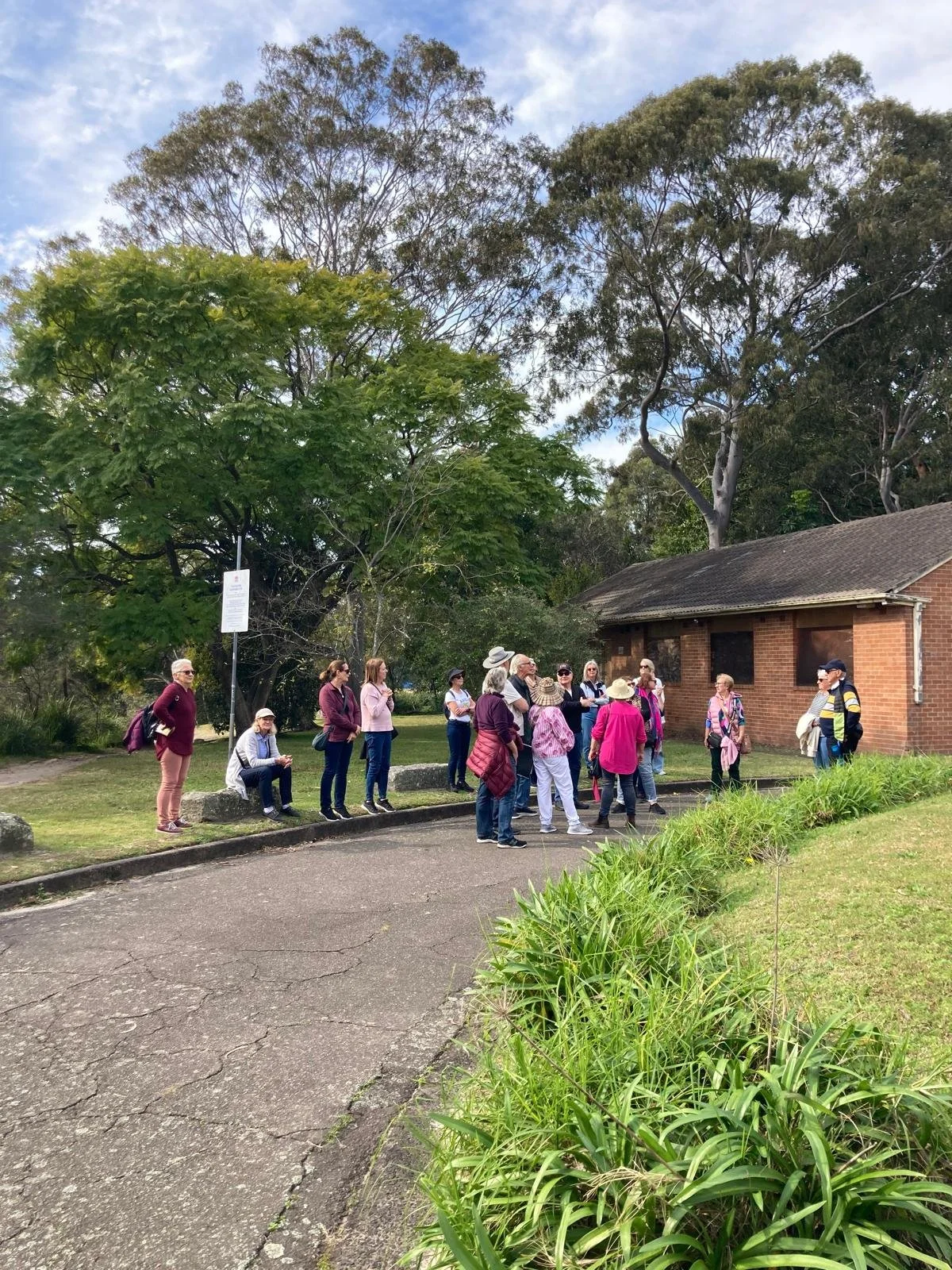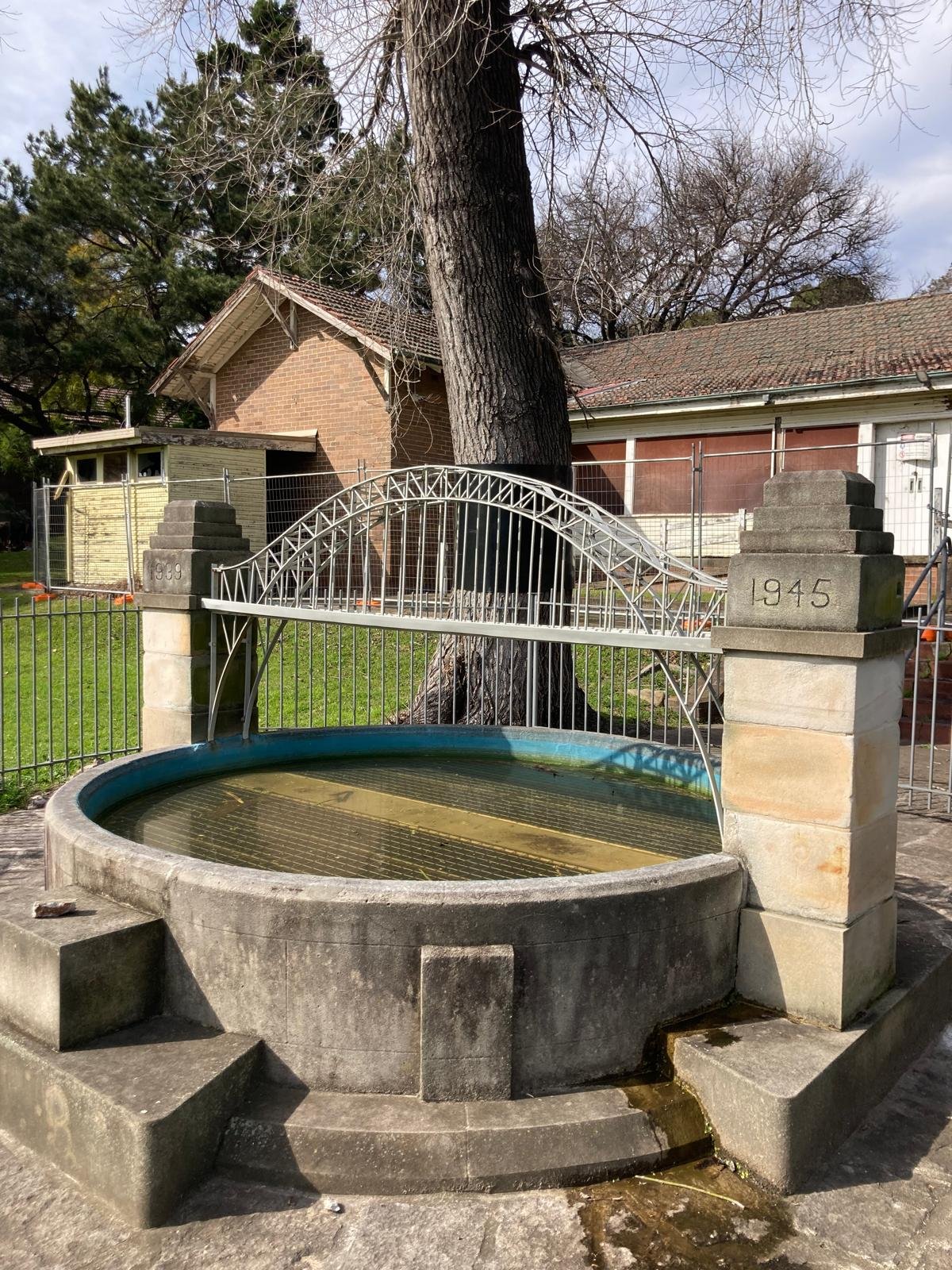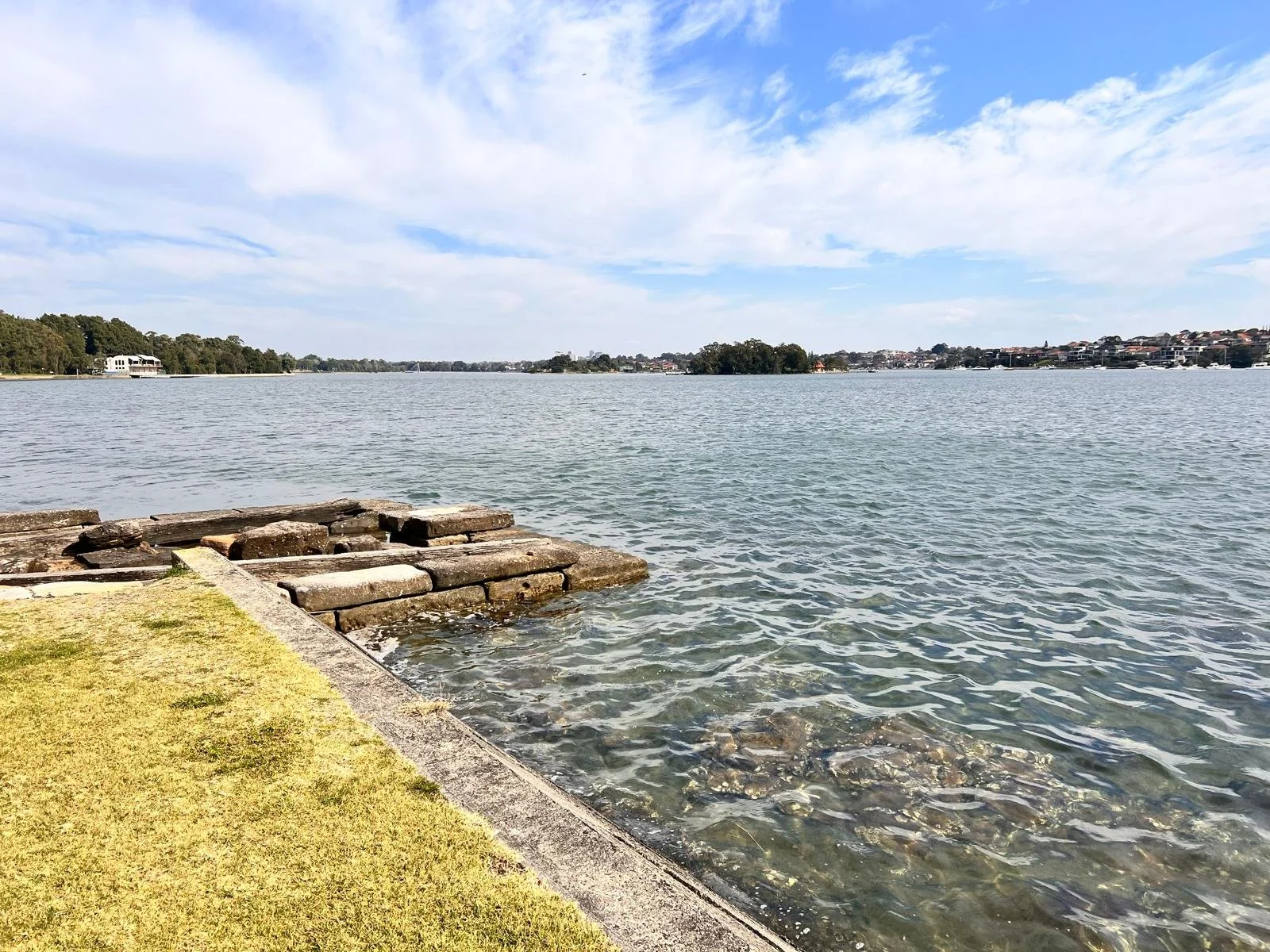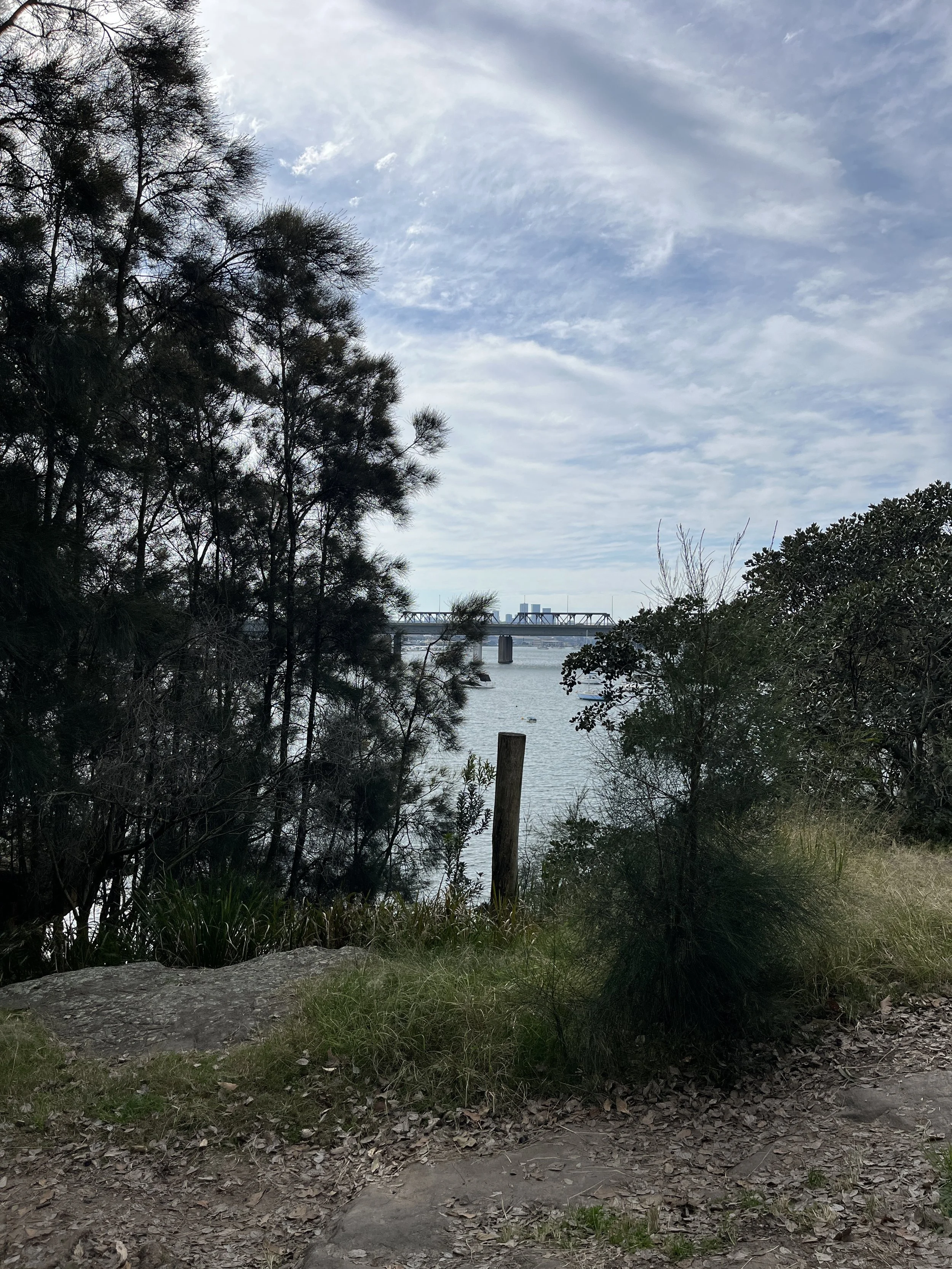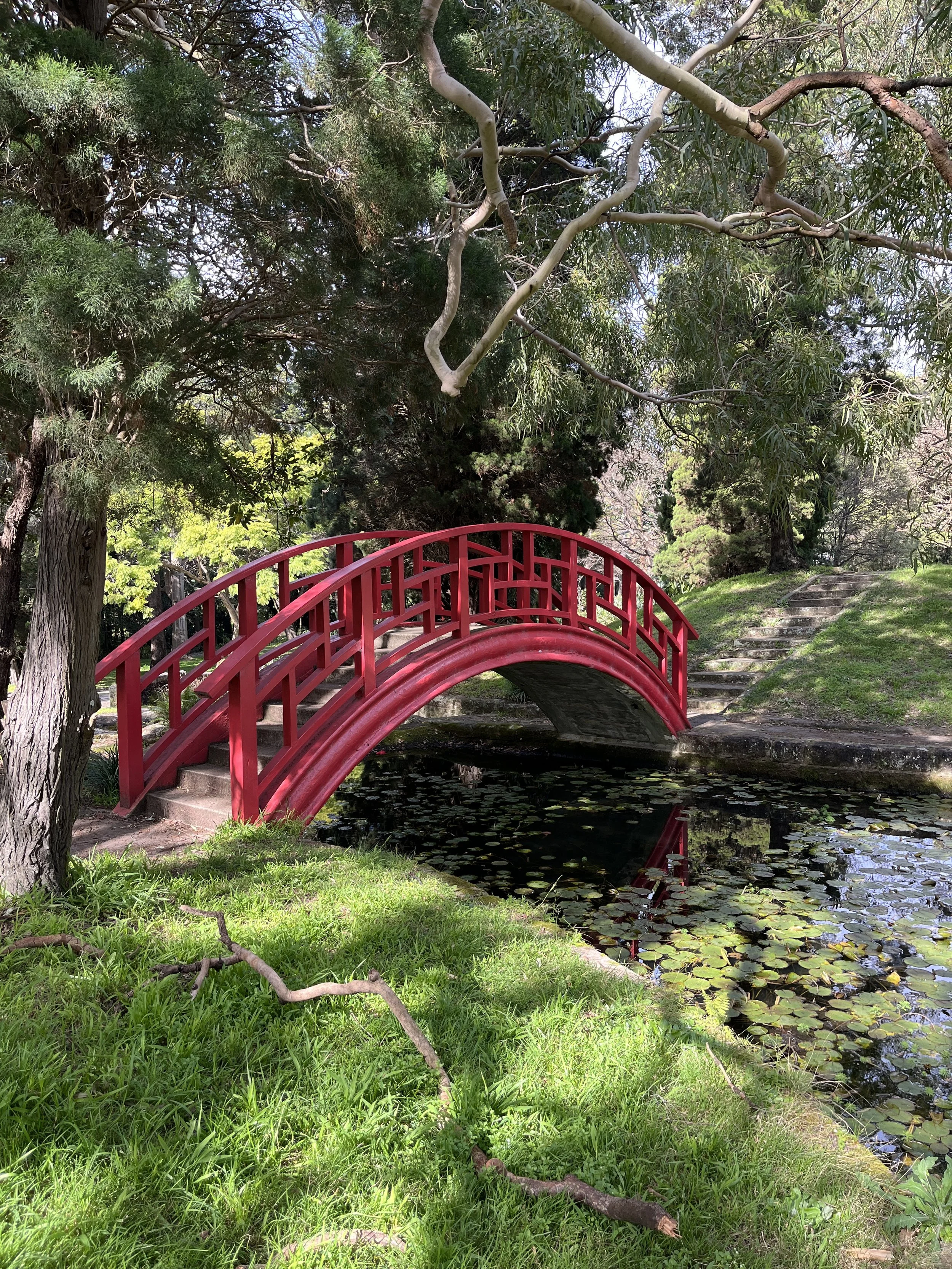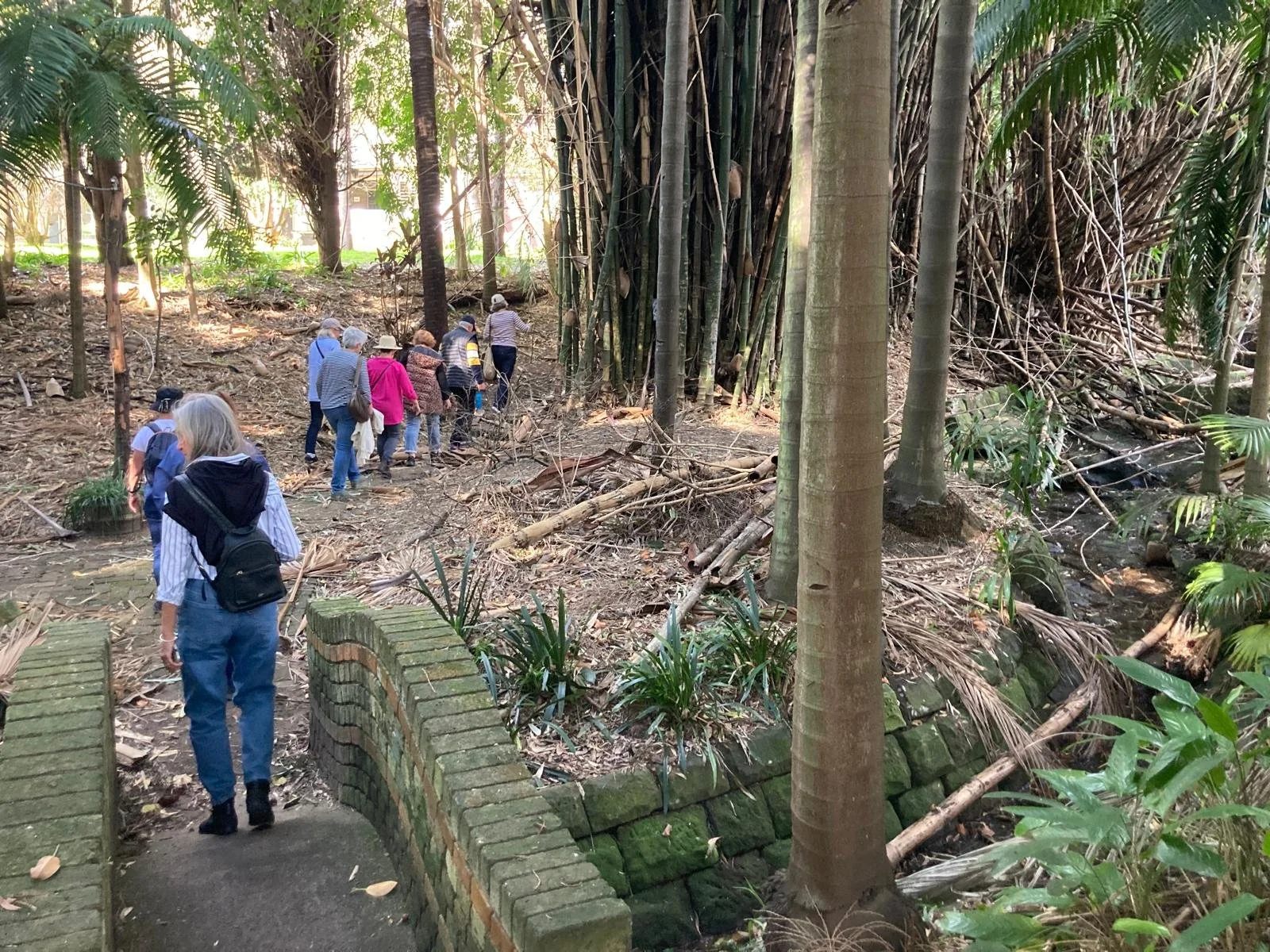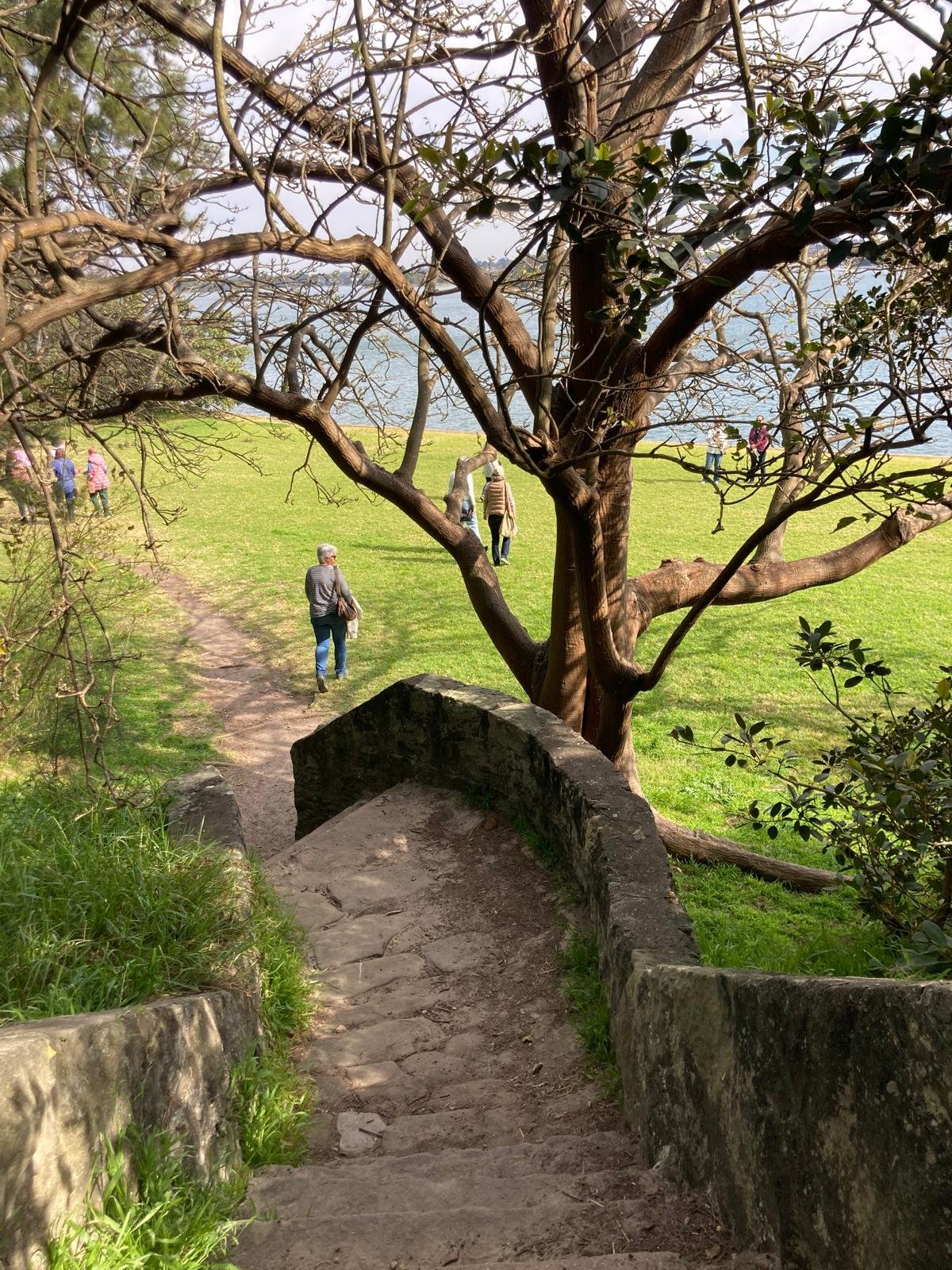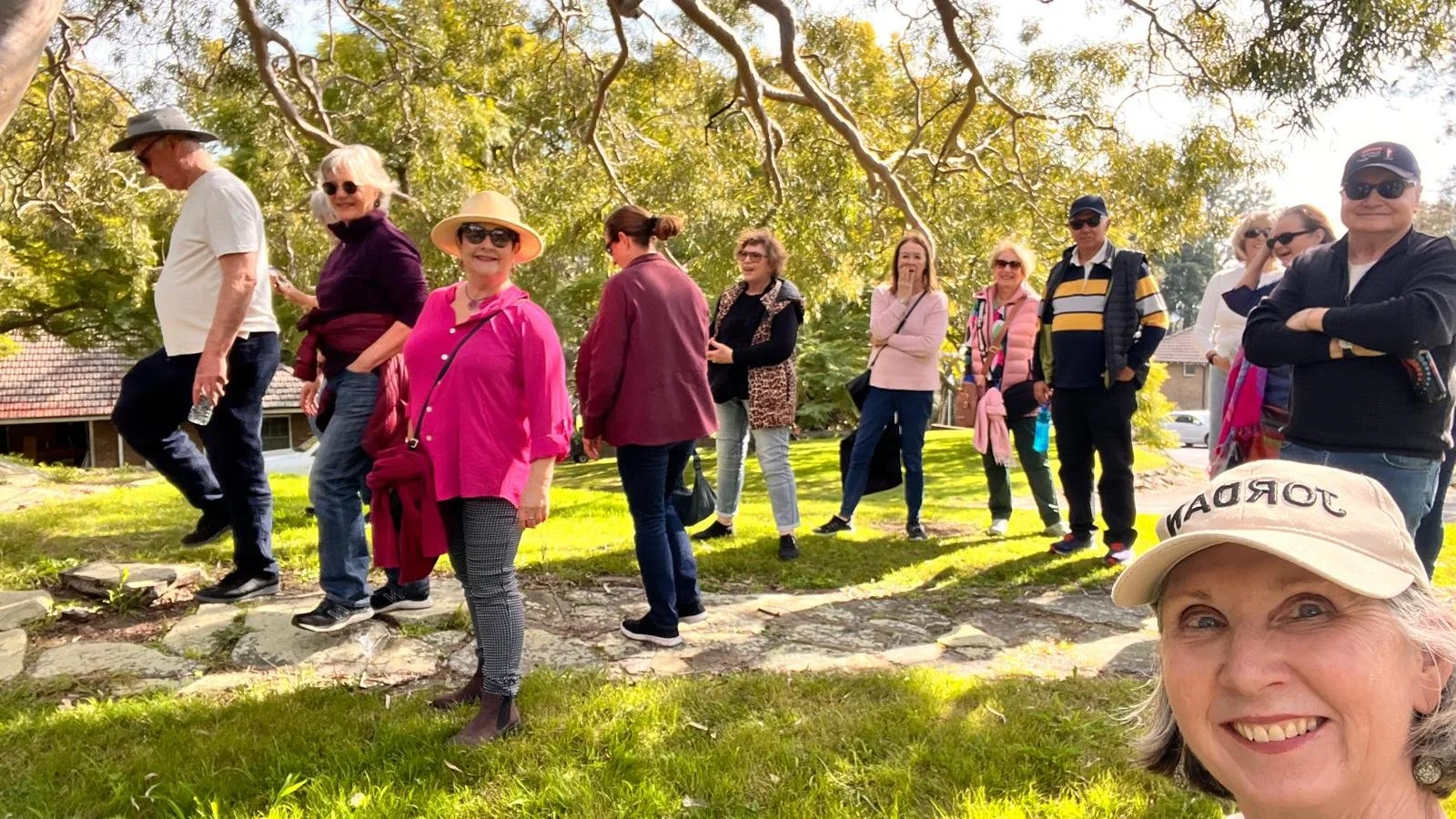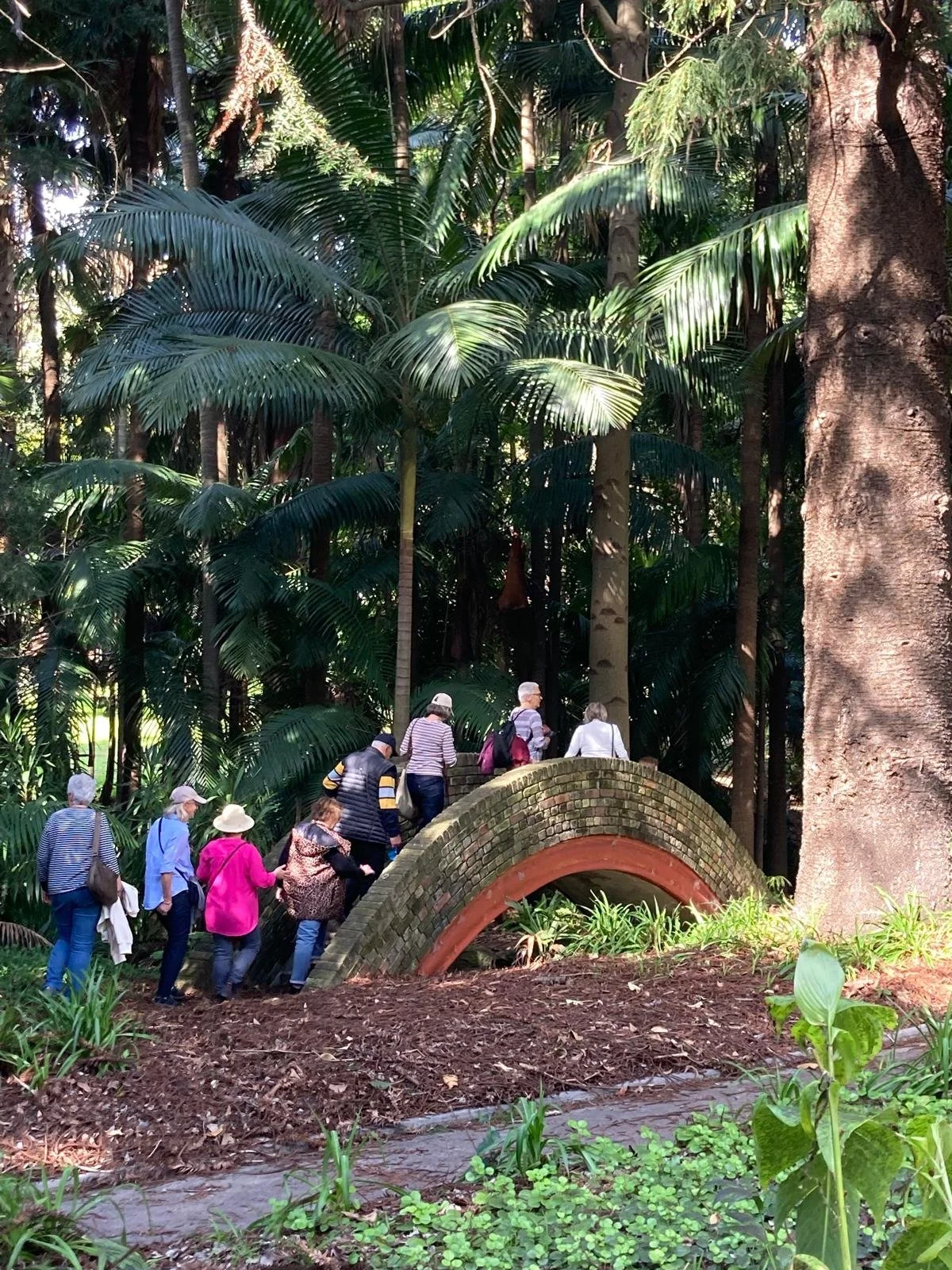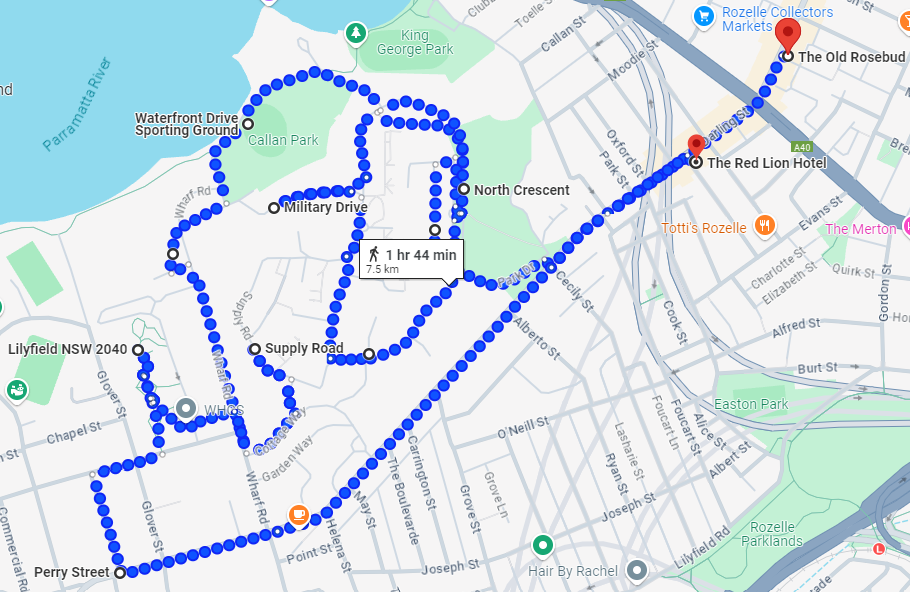Rozelle
Background
Originally inhabited by the Wangal people, Rozelle was part of 500 acres granted to William Balmain, the colony’s principal surgeon in 1800. Road transport was limited until the toll bridge from Glebe Island to Pyrmont was built in 1857. The Postmaster-General declared Rozelle as the new name for Balmain West post office in 1892.
After a coffee kickstart at The Old Rosebud, we met our wonderful guide, Hall Greenland, to explore Callan Park, a major part of Rozelle.
Callan Park
Initially purchased by Crown Solicitor and Police Magistrate John Brenan in 1839 and named the Garry Owen estate and residence. Apparently Garry Owen means ‘St John’s acre’ in Irish and was also an Irish melody. Bankruptcy in 1864 forced him to sell to John Gordon, a businessman who renamed the property Callan Park, after Callan river in Ireland. He subdivided the land in readiness for auction in 1873. The Sir Henry Parkes Government bought the whole site for a new humane ‘lunatic asylum’, with the Colonial Architect James Barnett collaborating with Dr Frederick Manning, Inspector of the Insane, to create the hospital in Garry Owen house and add a cricket pitch, farm, orchard and zoo to house 666 patients (over a 1000 patients resided there in later times). The site is 61 acres, ‘a third of the size of Centennial Park and three times as beautiful’ (Hall Greenland). Garry Owen house is now the NSW Writers’ Centre.
An added attraction of the site was patients could be transferred via water as ‘Mentally Ill people were not allowed on the King’s Highway’.
Our first stop was the sports field near Balmain Rd. At a cricket match in Callan Park in 1932, Donald Bradman (who scored 143 runs) broke two windows of a house across the road. In one "mighty stroke" he sent the ball sailing over a high fence, crashing through one window and rebounding through the other. Legend says the indignant householder confiscated the ball and refused to return it until they received an autograph or "when the damage is paid for".
The Kirkbride Complex, consisting of twenty plus neo-classical buildings dating from 1885 was named for Dr Thomas Kirkbride, considered to be the father of the modern American practice of psychiatry throughout the 19th century. There were three classes of patients and the complex was operational until 1994 when patients moved to other buildings in the grounds.
Sydney College of the Arts took over the Kirkbride Complex from 1996 until 2018. Sydney University took over the College and were provided with $19 million to maintain the restoration and paid $1 per year rent for the buildings. Sadly the buildings were not maintained.
An arty upside down tree trunk is one legacy of the Sydney College of the Arts time in Callan Park.
Kirkbride House from the water side. Look at that sky! Croquet was played on the lawn and between the wars the Matron and Chief Medical Officer, golf lovers, had four holes built.
We continued further into the park, passing a number of dilapidated and unused buildings. She ain’t what she used to be!
Down to the waterfront where the war memorials blend with the sports ovals. The memorial is a scale model of Sydney Harbour Bridge above a circular wishing well, designed by Douglas Grant. Bridge pylons are made of sandstone and the well is made of concrete.
Down to the waterfront where the war memorials blend with the sports ovals. The memorial is a scale model of Sydney Harbour Bridge above a circular wishing well, designed by Douglas Grant. Bridge pylons are made of sandstone and the well is made of concrete.
Lunch at The Red Lion and a quick wander around Maloney’s Grocer, then home.





